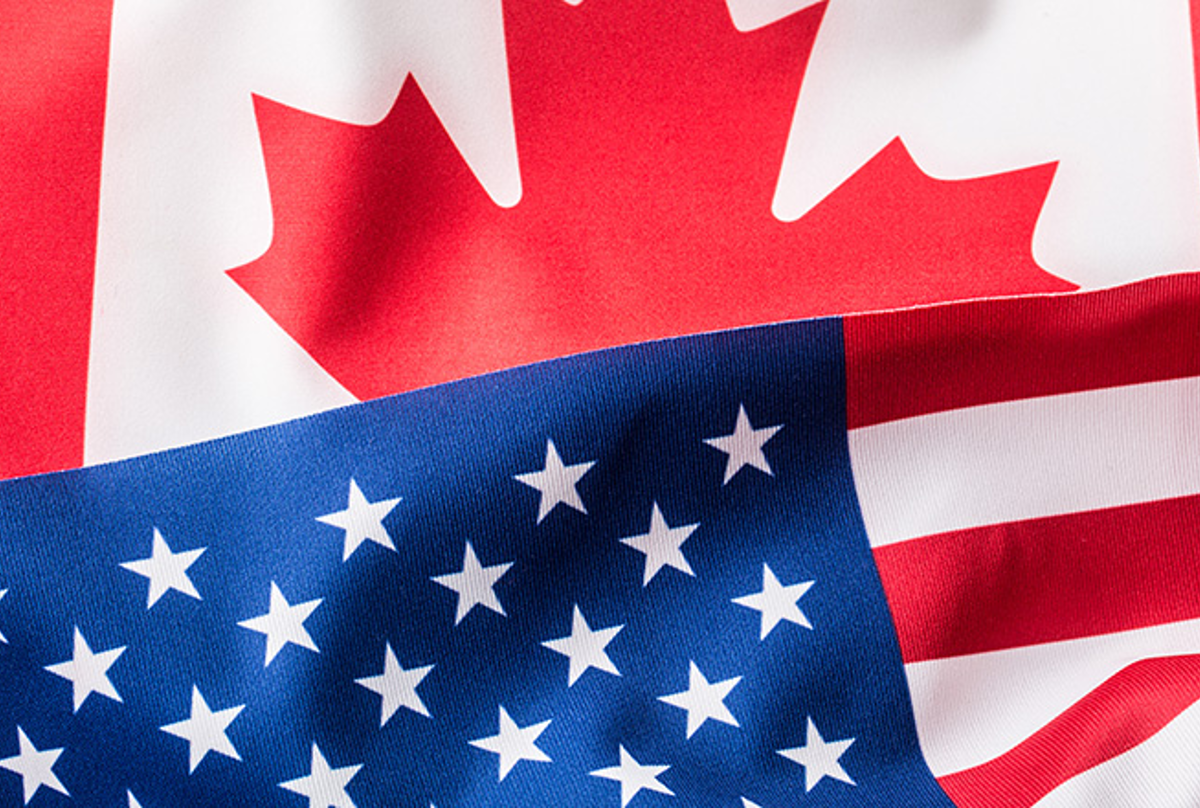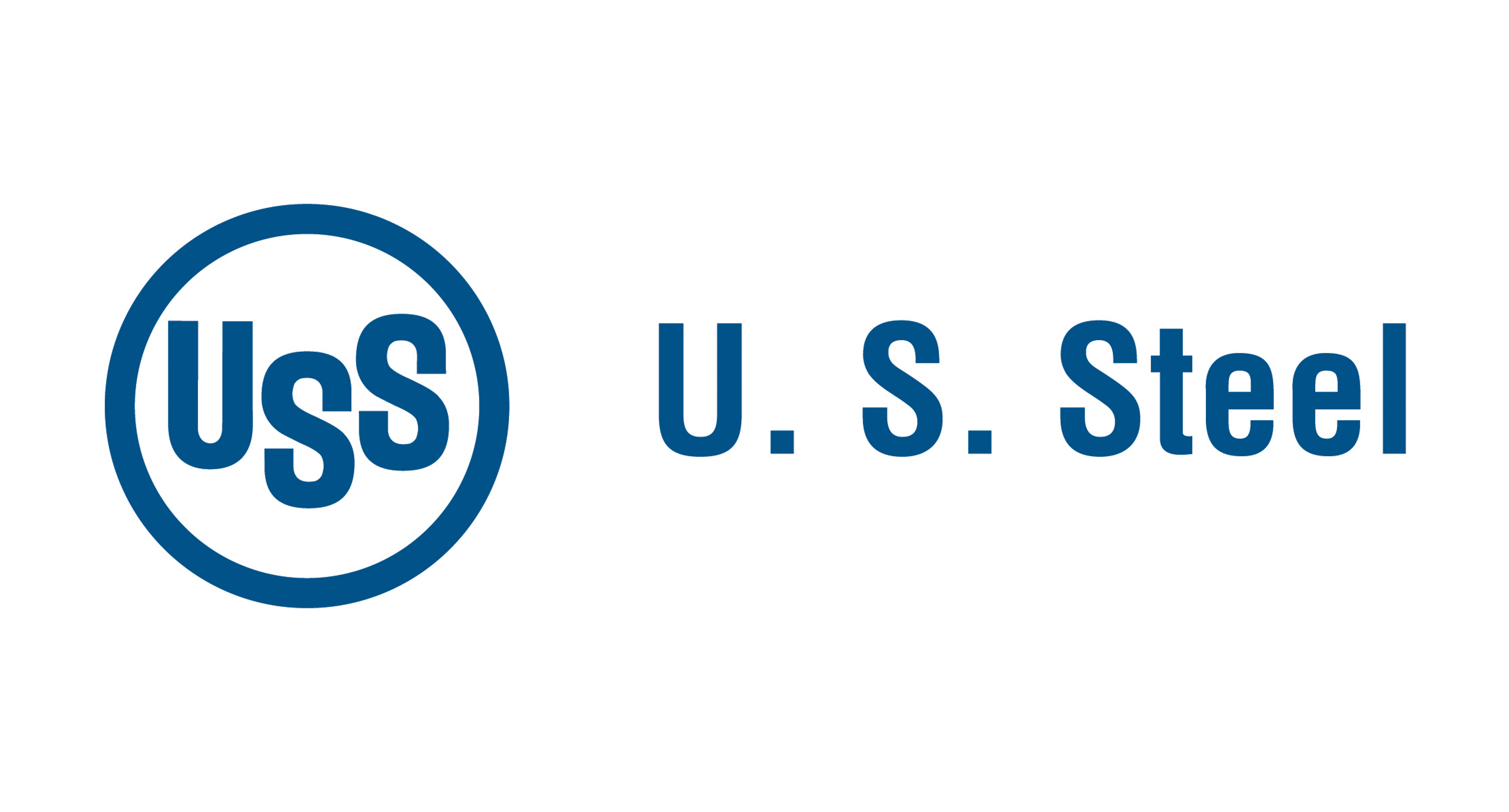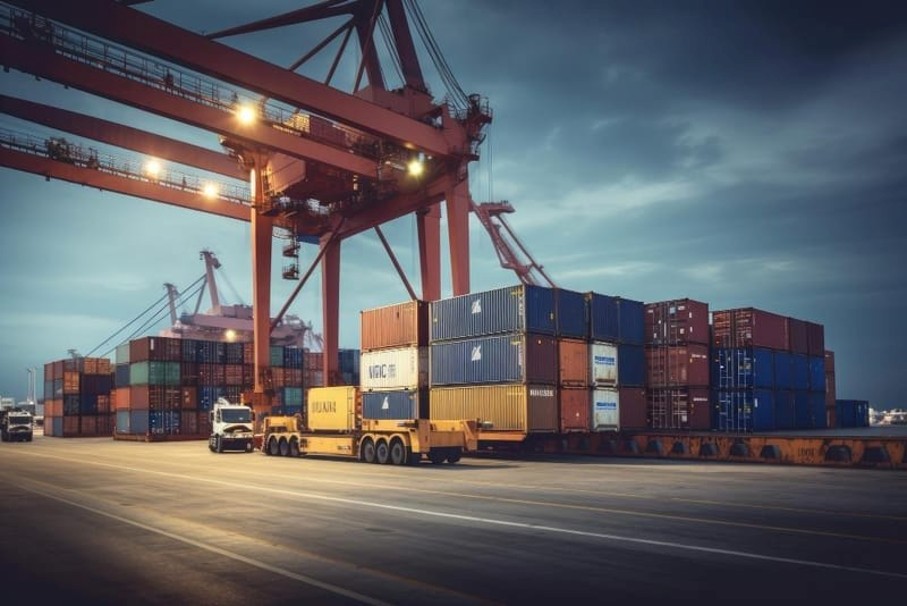Government/Policy

April 17, 2017
Executive Order on Trade – Potential Effects on AD and CVD Entries
Written by Sandy Williams
The following article is reprinted with permission from author Steven W. Baker, AIIS Customs Committee Chair, and originally published by AIIS in their Customs Corner newsletter.
President Trump issued a March 31, 2017 Executive Order on Establishing Enhanced Collection and Enforcement of Antidumping and Countervailing Duties and Violations of Trade and Customs Laws. This Order will most likely have its most significant impact on importers of goods subject to Antidumping and Countervailing duties that have no prior experience importing such commodities, or have defaulted on or made late payment of such duties assessed against them. Although this might seem to exclude established importers and those with compliant payment records, there are a number of possible pitfalls.
The Executive Order cites the failure of U.S. Customs and Border Protection to collect $2.3 billion in antidumping and countervailing duties owed to the government, and asserts the need to impose appropriate bonding requirements, based on risk assessments, to ensure future collections. The increased requirements would apply to “covered importers”, defined as “any importer of articles subject to antidumping or countervailing duties for which one of the following is true: U.S. Customs and Border Protection (CBP) has no record of previous imports by the importer; CBP has a record of the importer’s failure to fully pay antidumping or countervailing duties; or CBP has a record of the importer’s failure to pay antidumping or countervailing duties in a timely manner.”
The Department of Homeland Security is directed to come up with a plan, within 90 days, to impose additional bonding requirements “and other legal measures” based on a risk assessment and in conformance with applicable laws. DHS is also directed to identify other appropriate enforcement measures.
Unpaid AD and CVD amounts for the most part arise from the retrospective nature of the U.S. trade remedy laws. Because the amounts required to be paid (or covered by bonds) at the time of entry are merely estimates, and they are subject to revision up to several years after the date of entry, it is possible for large duty increases to be assessed well after the importation occurred. The intent of the Order is to require sufficient assets located in the U.S., whether bonds or cash deposits, to satisfy increased duty liabilities.
There are a variety of reasons for non-payment of AD and CVD duties, but the primary ones have been financial inability (bankruptcy or just closing a business) and foreign based firms that withdraw from doing business in the U.S. leaving few or no U.S. assets against which CBP can collect. Some of these are due to bad business decisions, some due to naiveté, and some are clearly deliberate manipulation of the system. The difference is sometimes difficult to determine – was a company importing from a no or low duty rate supplier genuinely surprised when that supplier failed to respond in a new administrative review (or was unable to show that they were not government owned and therefore no longer qualified for a separate rate); or did the importer know that was likely to occur and deliberately took advantage?
Established companies with a record of importing AD and CVD merchandise, and making timely payment in full of any liabilities, are unlikely to be significantly affected by the Order – unless they are engaged in restructuring the business to create a new legal entity, or creating new subsidiaries. These units would become “covered importers” under the Order. This status would also apply to established companies that have not previously imported AD and CVD products (whether because their long established products have just become covered by an AD or CVD Order, or because they are expanding business to new areas); and to newly organized companies just beginning operation.
Covered importers are likely to find that they are required to either post bonds or make cash deposits at least equivalent to the highest applicable rates – usually the “all others” rate, but in some cases individually higher rates. For importers from suppliers already subject to those rates there may not be much difference; importers from lower rate suppliers, however, will face higher costs of doing business, even if the rates used on import are finally confirmed in any review investigation and the additional security is eventually released.
Some questions have been raised regarding the risk assessment to be made before requiring additional measures. The WTO only allows additional measures to ensure payment that are “reasonable” and based on a demonstrated risk of default. Will established companies, or new subsidiaries of such companies, be treated differently than a new entrant to the market? How long will a new entrant have to wait before additional security is no longer required?
Other concerns include the cost of any bonds that may be required – probably high, and including collateral of some kind satisfactory to the surety company; whether small companies will face increased requirements not applied to larger ones; and what other “appropriate measures” may be imposed.
Any provisions established under this Executive Order will add to the already enhanced enforcement environment for AD and CVD imports. Importers need to be aware of the possibly unexpected ways that such requirements may affect their business.
Steven W. Baker
AIIS Customs Committee Chair
swbaker@swbakerlaw.com







